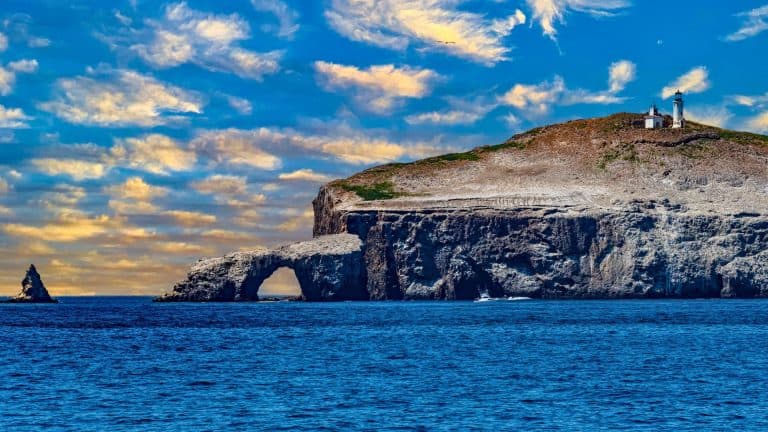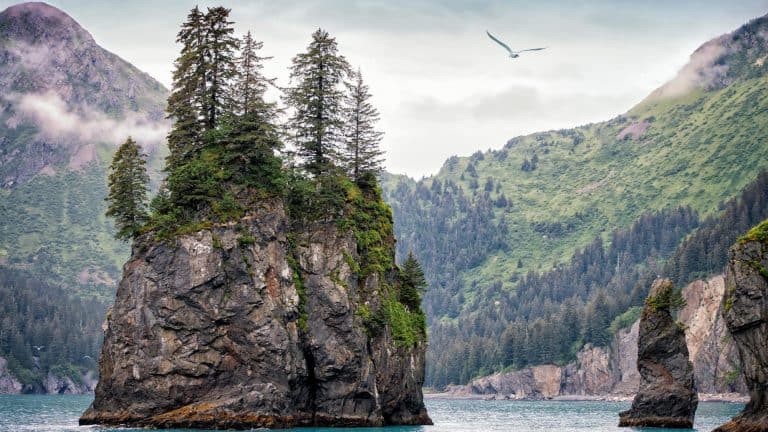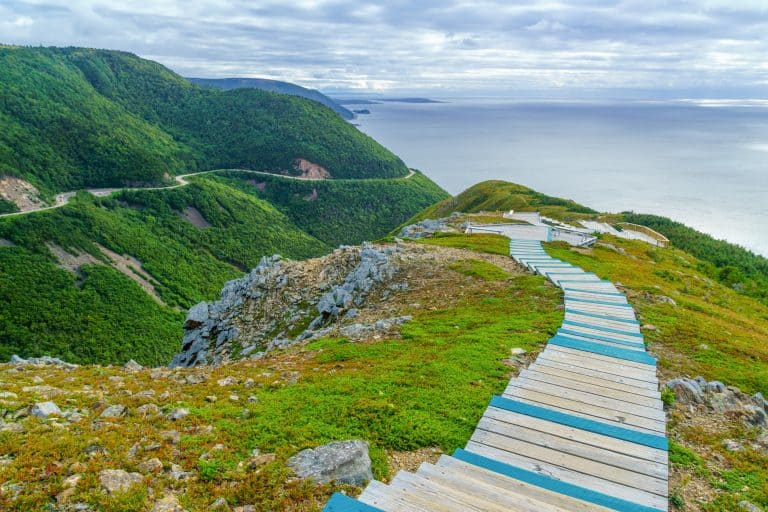Discover Parks & Wildlife contains affiliate links and is a member of the Amazon Services LLC Associates Program. If you make a purchase using one of the Amazon links (or other affiliate links), we may receive compensation at no extra cost to you. See our disclosure policy for more information.
The Darkest Parks In America Where Skies Explode With Stars You Can Actually Count
They say big cities never sleep, but what they don’t say is that their skies don’t either. Saturated in the dull hum of neon signs, headlights, and a light pollution soufflé so dense you’d swear stars were just myths passed down by our ancestors, urban nights are anything but cosmic.
But step into one of the Dark Sky Parks, and you’re in for a spectacle that makes your average blockbuster movie look like a dim bulb.
Across the United States, there are spots where the dark is still truly dark and the stars seem to multiply the longer you look. These are the places where night doesn’t mean just black skies, but a celestial show that puts any special effects budget to shame.
It’s where staying up late feels less like poor life decisions and more like an act of pure enlightenment.
Parks That Keep The Night Alive
What’s better than a starry night? How about a starry night so brilliant it humbles even the loudest ego.
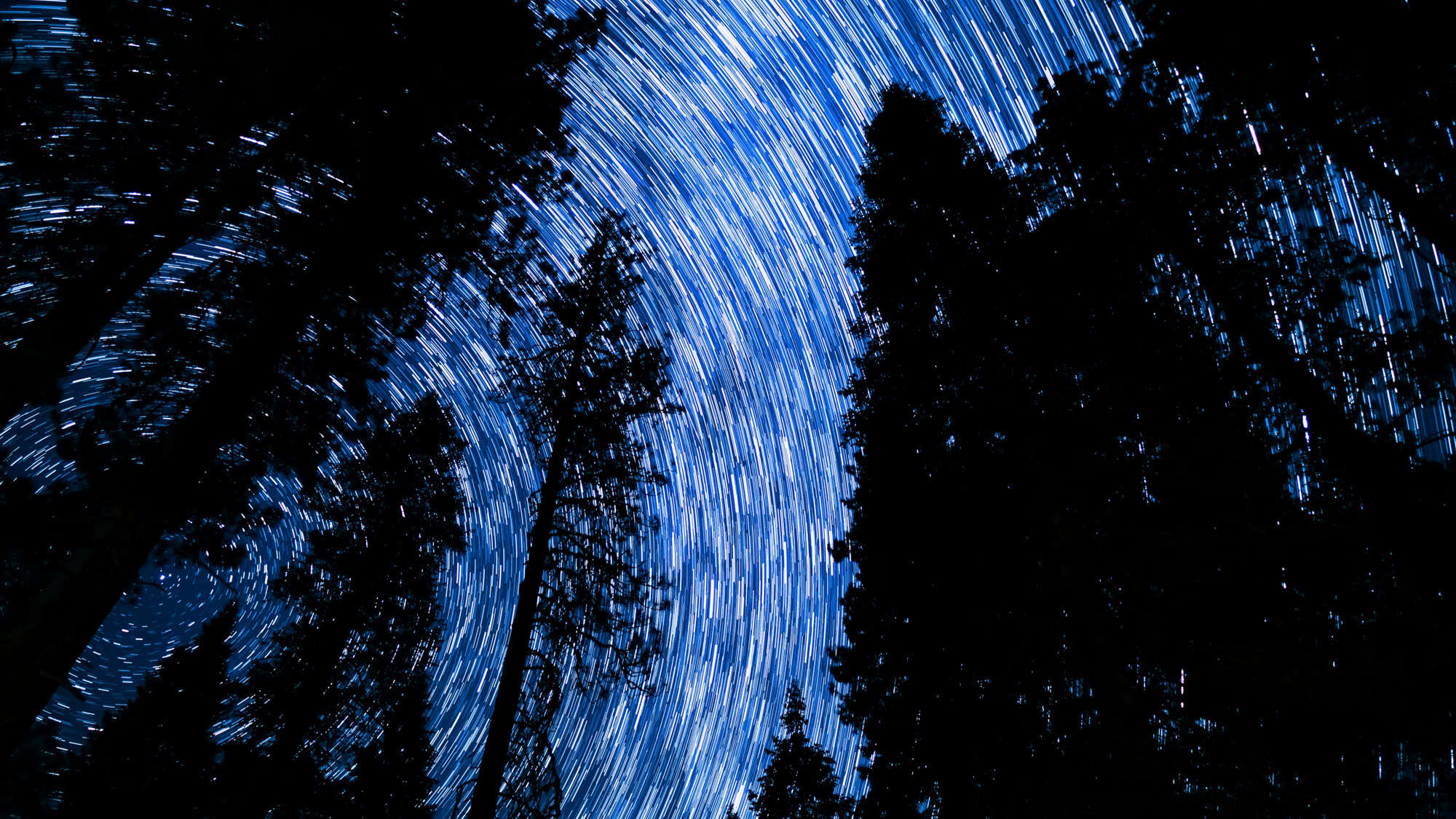
That’s the magic of International Dark Sky Parks, protected sanctuaries where the night reigns supreme, free from the invasive glare of artificial light.
Think of these parks as the last, glorious refuges for starlight, and the International Dark-Sky Association’s (IDA) seal of approval is no small thing. It’s a hard-won badge, signifying rigorous efforts to minimize light pollution while preserving some of the best stargazing spots around the globe.
Certified Dark Sky Parks Across The USA
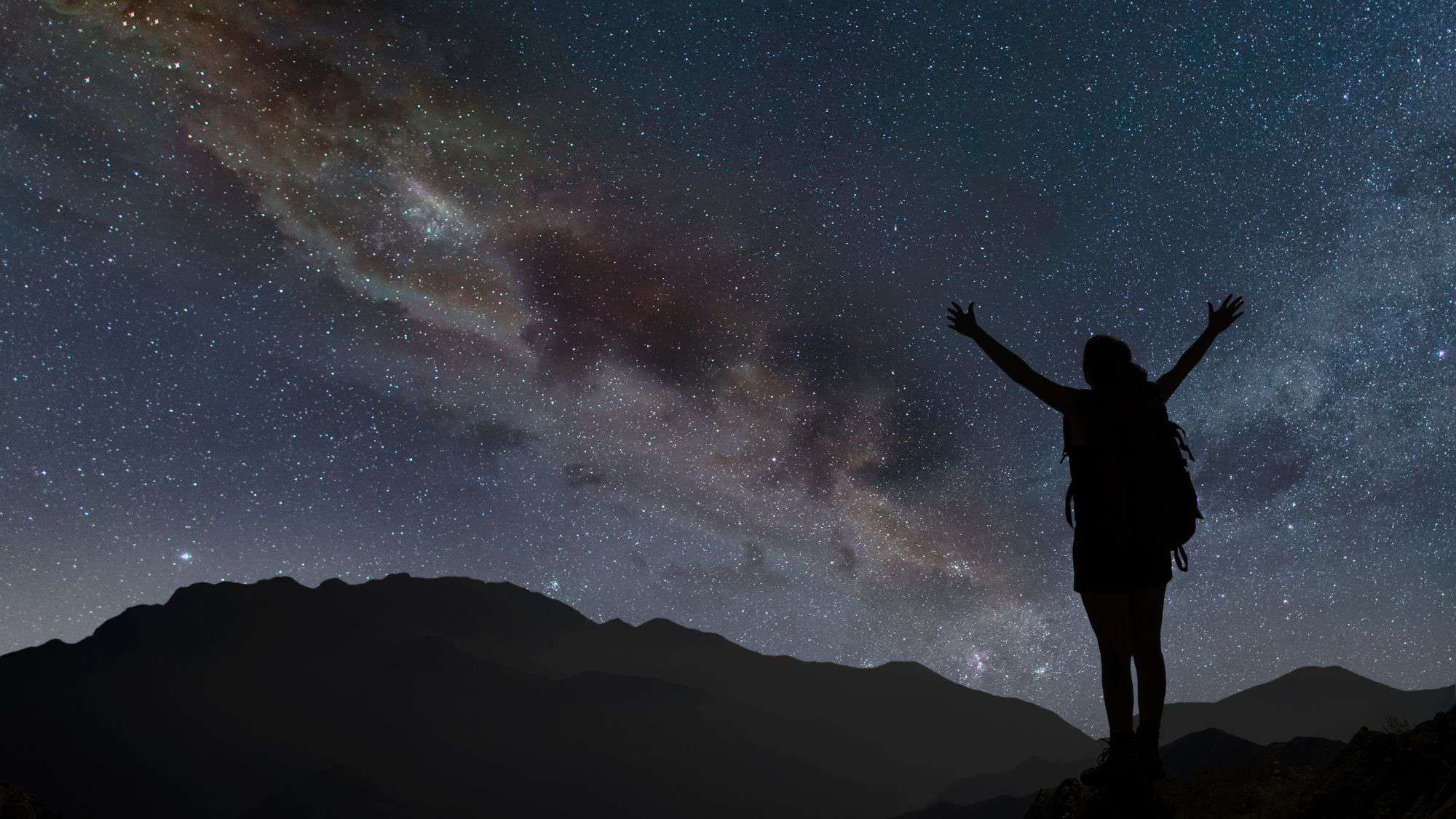
Festivals That Turn Stargazing Into A Celebration
While stargazing on your own can be a beautiful, contemplative moment, you’ll quickly realize stargazing festivals are not your average excuse to loiter around with strangers.
These gatherings transform the science of the heavens into a cultural fiesta where awe and discovery collide. And parks across the U.S. hold these festivals annually for you to enjoy.
Take the Bryce Canyon Astronomy Festival in Utah, for example. By day, you’re surrounded by looming red rock amphitheaters that look like they belong on another planet. By night, the stars explode into focus as telescopes zero in on Saturn’s rings or the glittering tapestry of the Milky Way.
Sounds of low murmurs ripple through the crowd, accompanied by the occasional gasp; proof that some wonders never grow old.

Then there’s the Grand Canyon Star Party in Arizona. Sure, the canyon itself is a headliner, but stick around after sundown, and you’ll find it’s just the opening act.
The moment the rangers start their myth-busting talks beneath the constellations, you’ll feel like you’re getting a degree in astronomy (but without the tuition fees or death by PowerPoint).
Over in Death Valley, the Dark Sky Festival takes things a step further, letting you walk beneath one of the darkest nightscapes in the country. It’s remote, it’s rugged, and it’s really more like cosmic therapy.
And not to be outdone, the Great Basin Astronomy Festival in Nevada mixes its stargazing with regional flavor: local lore, hearty food, and workshops so hands-on you might forget you’re learning something.
Telescope hopping, astrophotography, communal hikes, it’s all there.
Turns out, if you don’t want to go solo, stargazing festivals don’t just show you the sky; they make you feel like you belong to it. And isn’t that what life’s about?
Protecting The Future Of Our Night Skies
So why does it all matter?
Because losing the night sky isn’t just about aesthetics; it’s about disrupting ecosystems, erasing cultural histories, and robbing us of the sense of wonder that comes with gazing up and realizing we’re just a small blip in a vast universe.
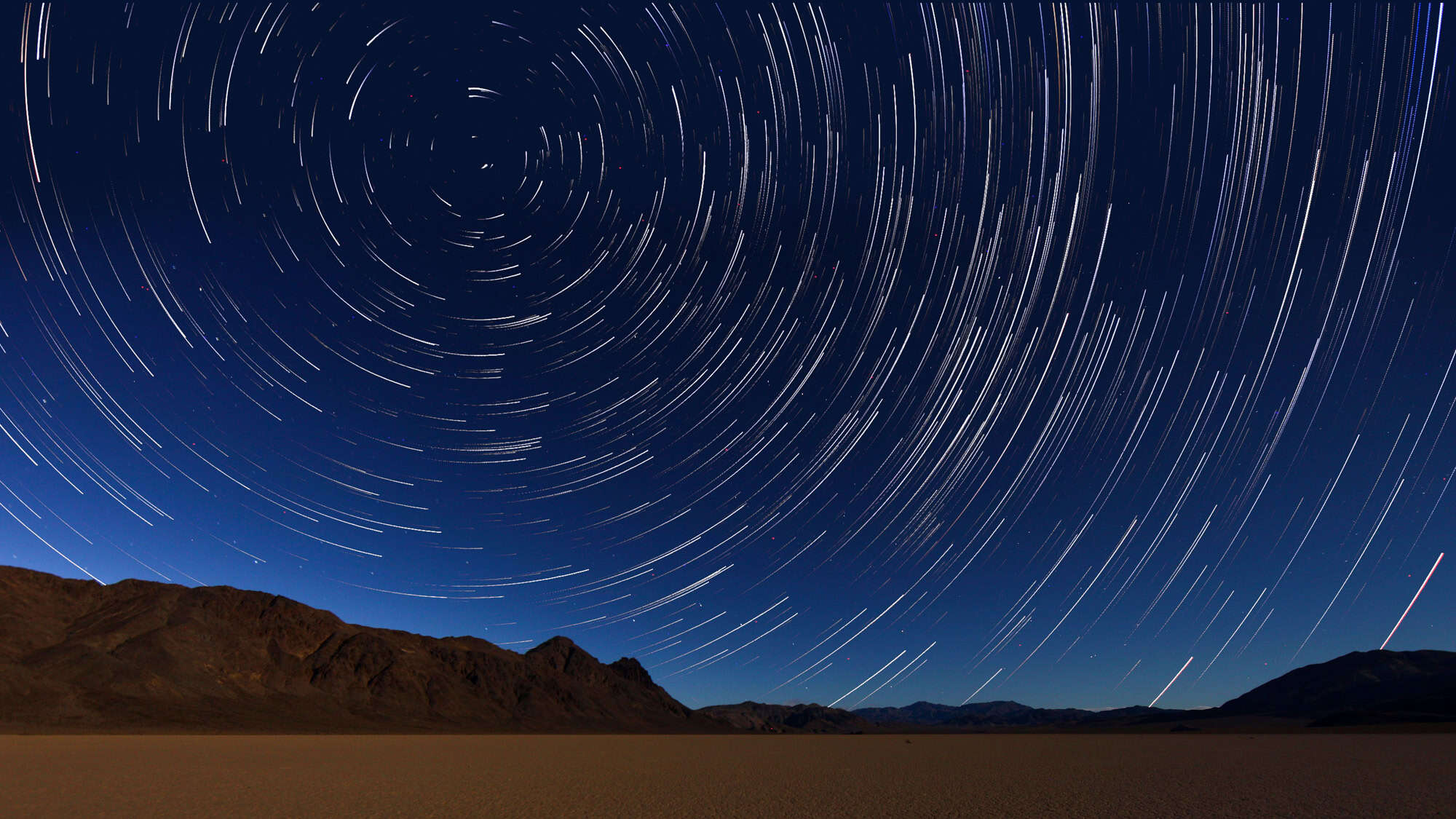
I want you to look up. Not right now, obviously. Later, when the sun dips below the horizon, stars should crowd the heavens like a celestial light show. Let me repeat, should.
But the truth is, they’re hiding, smothered under the relentless glow of streetlights, billboards, and that 24-hour gas station on the corner. This is light pollution, the villain stealing our night skies and replacing them with an endless haze of artificial brightness.
And sure, cities look fancy all lit up, but the fallout is anything but glamorous. Migratory birds spiral off course. Nocturnal wildlife loses its rhythm. Human sleep cycles get wrecked.
Stargazing? Forget about it unless you’re miles away from the glow of civilization.
What Can Be Done
Not all heroes wear capes; some write policies or set up telescopes in the middle of the desert. The National Park Service, for one, has declared war on light pollution, creating “Dark Sky Parks” where the Milky Way shines with no flashlight interference allowed.
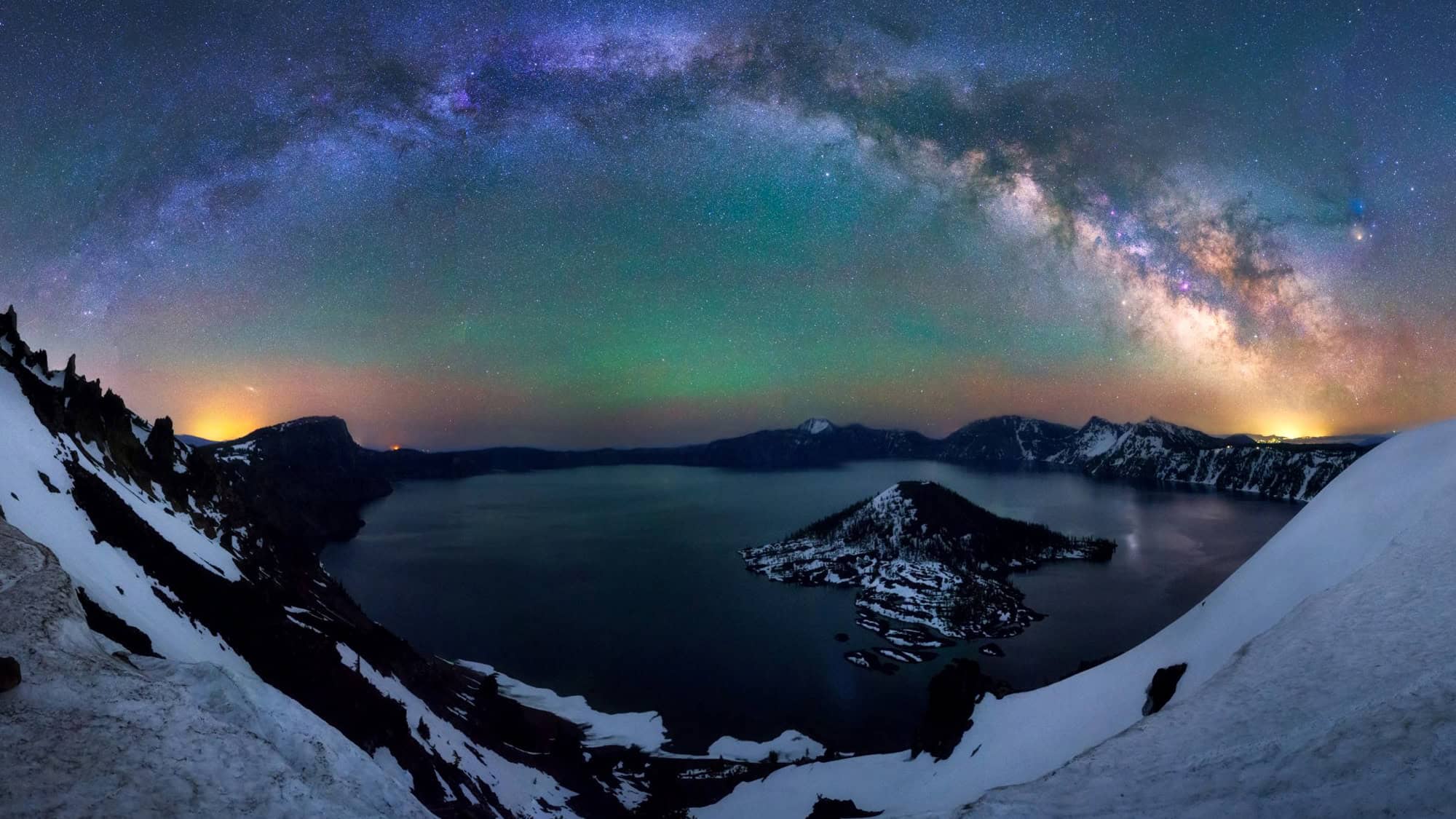
Then there’s the International Dark-Sky Association, arguably the galaxy’s most passionate protectors of the night. Thanks to their work, communities are installing smarter, shielded lighting that minimizes sky glow.
Even local ordinances are stepping up, proving you don’t have to run NASA to make a difference.
What can you do to help? Keep it simple. Start with red lights for nighttime use. It’s easier on the eyes and the constellations.
Visit destinations that prioritize dark skies, boosting their efforts with your tourism dollars. Or join a citizen science project to measure sky brightness and contribute data for a worthy cause.
At the end of the day, the stars aren’t just for us; they’re for those who come after: the dreamers, the seekers, the ones who’ve yet to look up and feel that universe-sized spark of wonder.
And protecting the night sky? It isn’t just science; it’s legacy.
Like Our Content? Follow Us on MSN (or click the Follow Button above) for more from Discover Parks & Wildlife.

